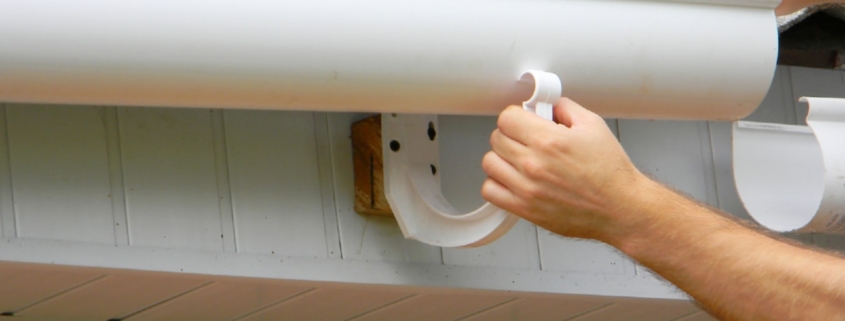The Balance Between Cost and Quality in Construction 3494
With the continuous evolution of the construction industry, it’s crucial to stay updated with the latest trends and technologies. An exciting trend that’s emerging in this context is the integration of advanced technologies to enhance efficiency and productivity. This article will delve into how these technologies are transforming the construction industry.
To begin with, BIM (Building Information Modeling) is one of the most impactful technological advancements in construction. This 3D model-based process provides architecture, engineering, and construction (AEC) professionals with the insights and tools they need for more efficient planning, designing, construction, and infrastructure management. It allows for enhanced visualization, more efficient collaboration, and increased productivity.
Next, modular construction and prefabrication are becoming more prevalent. In these techniques, building components are assembled in a factory before being transported to the construction site for installation. This method can significantly cut down on construction time and waste, as well as enhance safety by decreasing the amount of work done at height.
Moreover, the use of drones is becoming increasingly common in construction. Drones provide an efficient way to conduct site surveys, monitor progress, and identify potential issues. This technology is not only a time-saver but also improves accuracy and safety.
Moreover, robotics are being incorporated into construction to increase productivity while reducing the risk of accidents. Robots can take over human tasks such as bricklaying, concrete dispensing, and welding. This way, construction companies can save time and maintain consistency in their work.
Lastly, augmented reality (AR) and virtual reality (VR) are beginning to influence the construction industry. AR and VR can provide realistic virtual walkthroughs of buildings before they’re built, allowing clients to get a feel for the final product. Additionally, these technologies can help in training employees, reducing the risks of on-site accidents.
In conclusion, the future of construction lies in the adoption of these modern technologies. They boost efficiency, increase safety, and aid in promoting sustainability. As we move forward, we can expect these technologies to become more prevalent and further revolutionize the construction industry.
For more details, check best Chimney Services Dublin or visit their Chimney Repairs Service business listing here.



